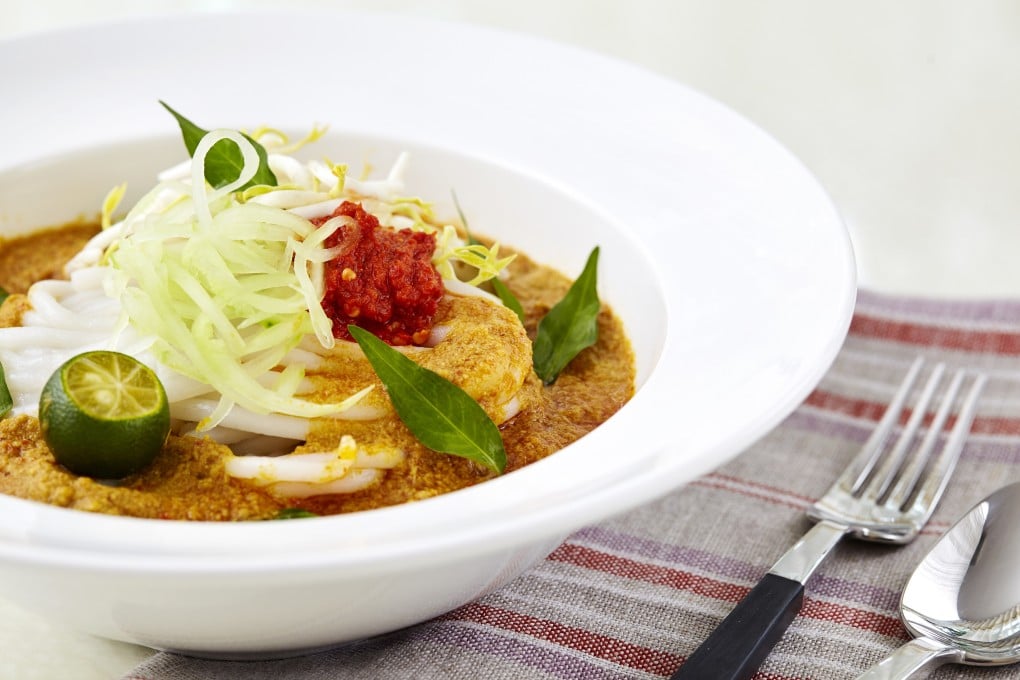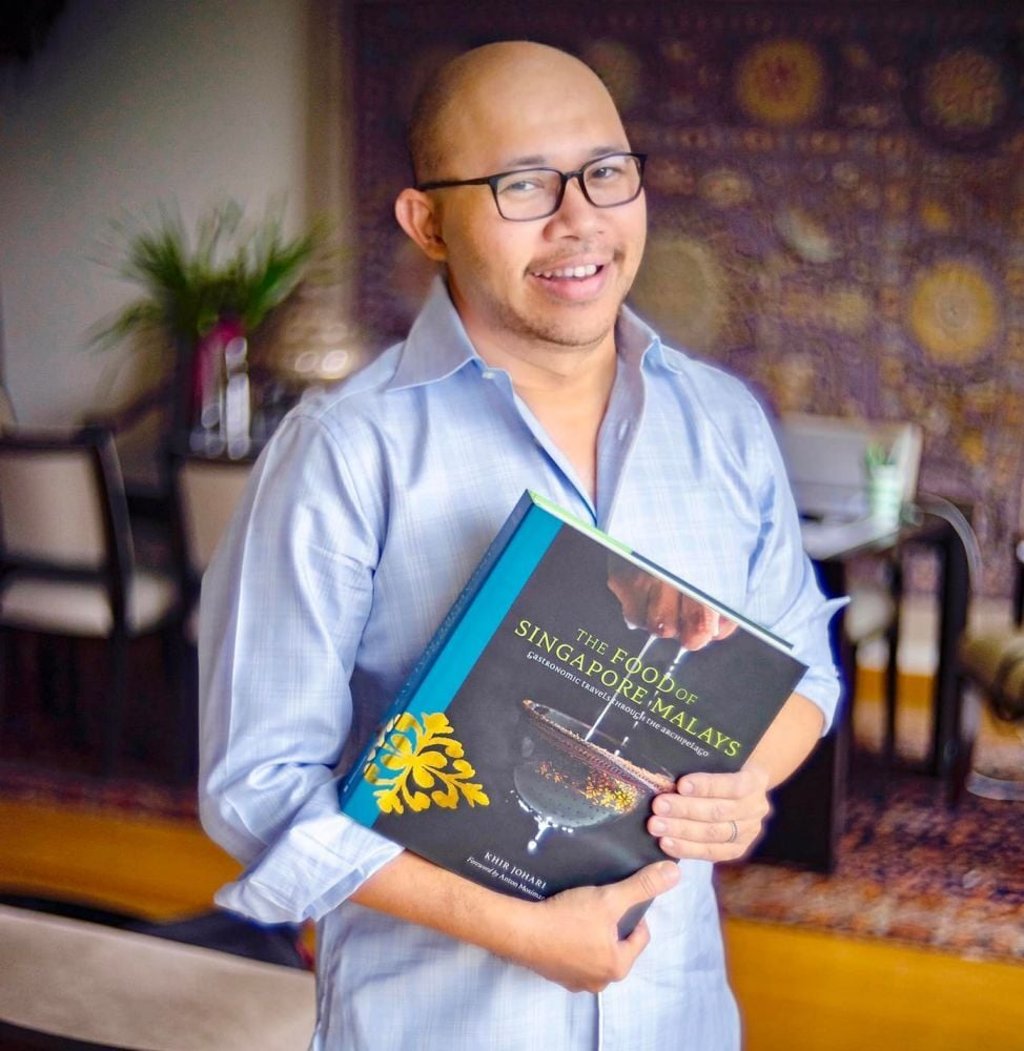What makes Singaporean Malay food unique? From mee rebus to nasi lemak, historian explores the tantalising gastronomy of ‘Nusantara’ in new book
- Khir Johari unearths the complexity of Malay cuisine in his debut book The Food of Singapore Malays: Gastronomic Travels Through The Archipelago
- His collection of recipes, history, and personal anecdotes, spanning 11 years of research, explores the history of laksa, rendang and other culinary favourites

It is little wonder the cuisine’s complexity remains unfamiliar to most. Beyond the five basic tastes – sweet, salty, sour, bitter, and umami – there are an additional seven flavour descriptions that are unique to the Malay language.

Based on 11 years of research, the four-part encyclopedic coffee-table book contains more than 400 stunning photographs and 32 recipes for classics such as laksa Singapura, a spicy noodle dish, snacks like roti kirai, a delicate crepe served with curry, and desserts like kek lapis cempedak, a layered cake made with puréed cempedak, which is similar to jackfruit.
Khir’s passion for food began when he was just a child. Growing up in Kampong Glam, Singapore’s historic Muslim quarter, he learned from his mother the art of cooking Malay dishes.
His childhood home was the Gedung Kuning, or Yellow Mansion, a historical residence with four kitchens where his great-grandmother would prepare elaborate feasts.
But it was only in 1994 when Khir moved to the US to attend university that he began documenting Malay cuisine’s gastronomic history, scouring libraries and second-hand bookstores in San Francisco and Berkeley.
